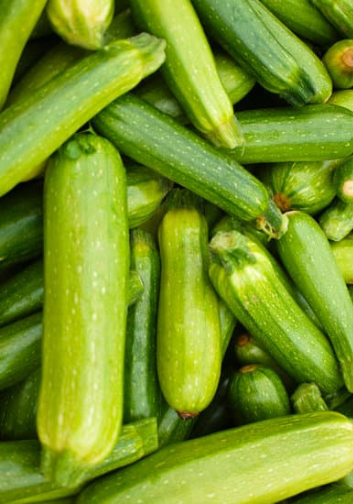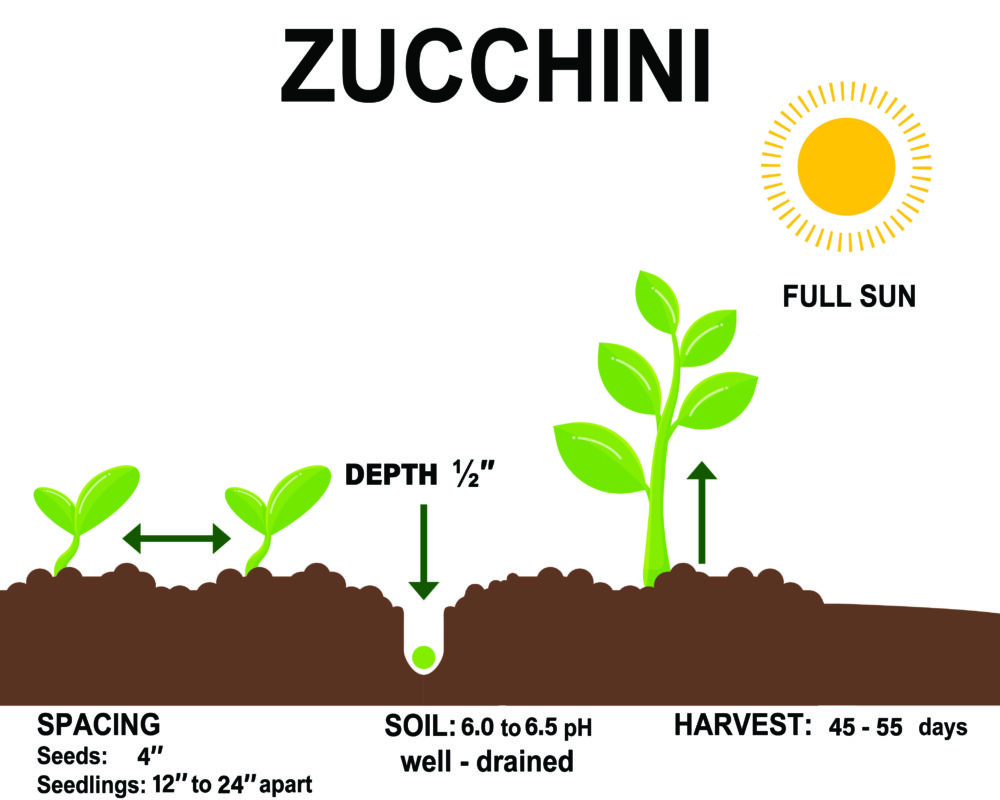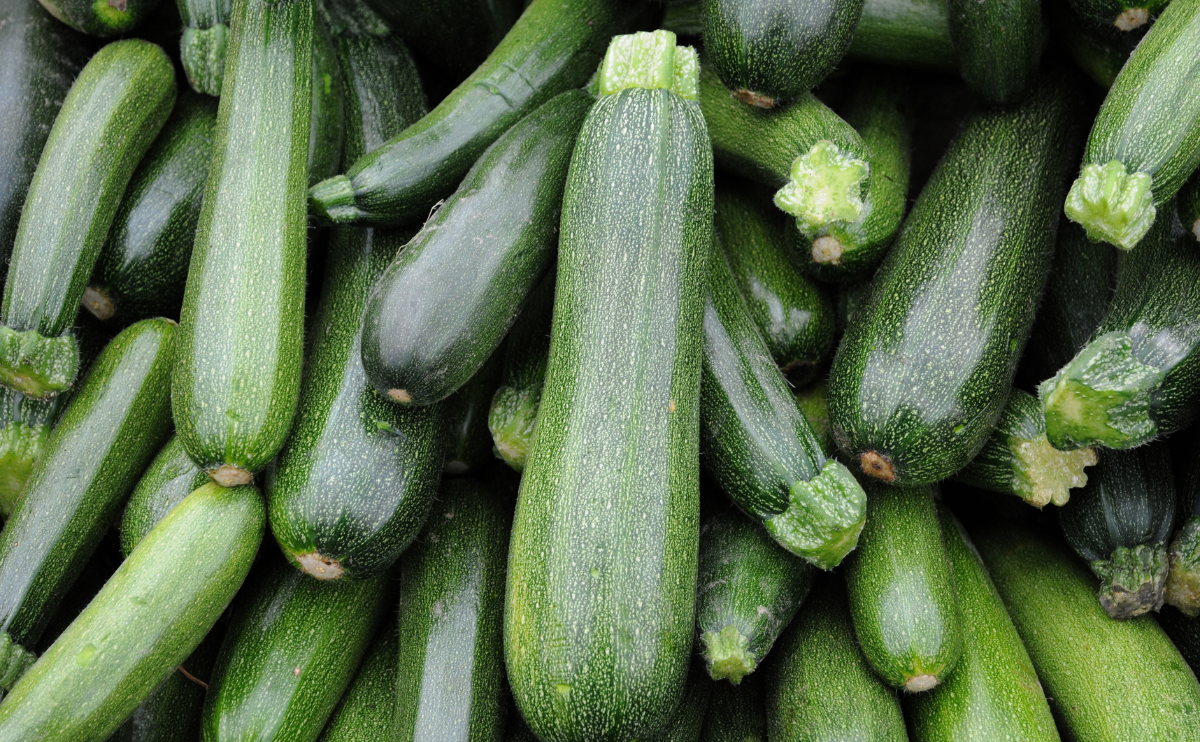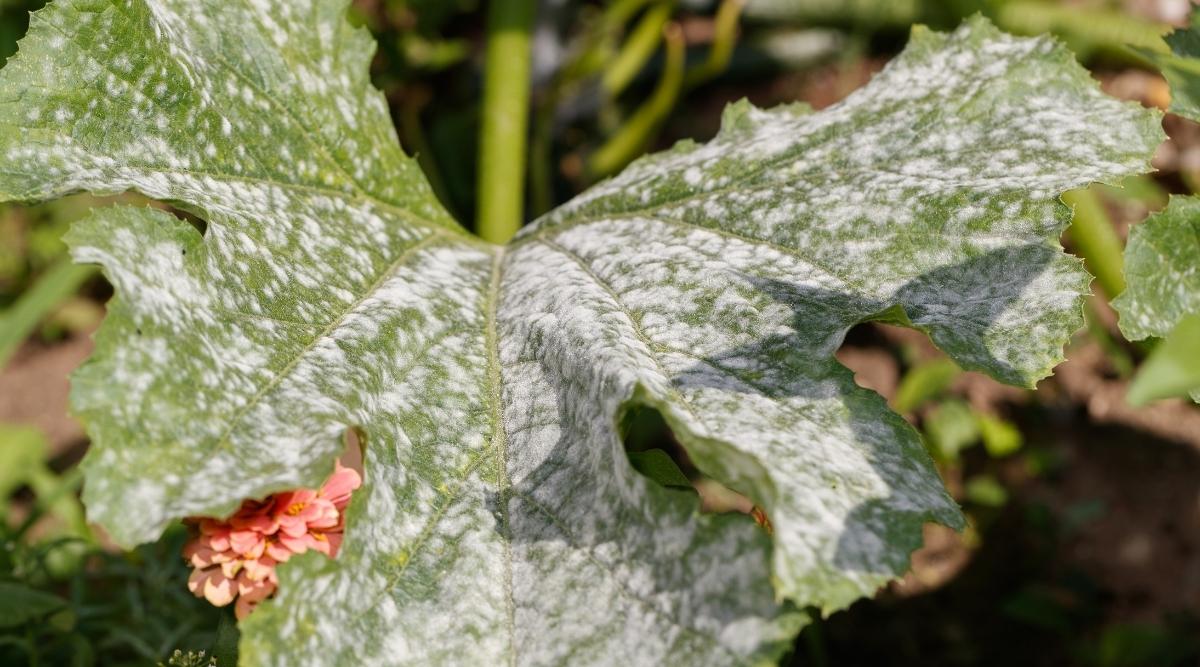The zucchini is a summer squash, a vining herbaceous plant whose fruit are harvested when their immature seeds and epicarp (rind) are still soft and edible. It is closely related, but not identical, to the marrow; its fruit may be called marrow when mature. Golden zucchini grown in the Netherlands for sale in a supermarket in Montpellier, France, in April 2013
Ordinary zucchini fruit are any shade of green, though the golden zucchini is a deep yellow or orange. At maturity, they can grow to nearly 1 metre (3 feet) in length, but they are normally harvested at about 15–25 cm (6–10 in). In botany, the zucchini’s fruit is a pepo, a berry (the swollen ovary of the zucchini flower) with a hardened epicarp. In cookery, it is treated as a vegetable, usually cooked and eaten as a savory dish or accompaniment. Zucchini occasionally contain toxic cucurbitacins, making them extremely bitter, and causing severe gastero-enteric upsets. Causes include stressed growing conditions, and cross pollination with ornamental squashes.

| Botanical Name | The zucchini courgette or baby marrow |
| Common Name | Cucurbita pepo ‘ |
| Plant Type | Annual, vegetable |
| Mature Size | 6 feet tall or more |
| Sun Exposure | Full sun |
| Soil Type | Fertile, well-drained |
| Soil pH | Slightly acidic |
| Bloom Time | Summer |
| Bloom Color | Yellow |
| Hardiness Zones | 2-11, USDA |
| Native Area | Central and South America |

When to Plant?
This will be determined by your planting zone. There is a final frost date for each area. As a result, you can plan your gardening activities around this date. Check our Frost Dates Across North America: First & Last Frost Dates Chart. However, the date will not be the same for every plant.
How to Plant
Sow seeds from 1/2 inch to 1 inch deep in spring on the top of the hills or in rows.
Plant the squash in well-drained compost-rich soil with enough sunlight.
Place plants 2 – 4 feet apart in all directions to prevent disease and provide good air circulation.
Keep the soil evenly moist. Do not overfill or allow the soil to dry out completely.
After rooting, you can mulch with hay, dried leaves, or straw to keep the soil moist and suppress weed growth.

Zucchini prefer well-drained, loose, fertile soils with a high organic matter content. The pH should range between 6.0 and 6.5.
Use black plastic mulch to warm the soil before direct seeding or replanting. It will speed up your first crop.
How to Cultivate
Water – Keep the soil evenly moist. The critical time for watering is during bud development and flowering. Once plants are established, mulch with straw, hay, or dried leaves to retain soil moisture and suppress weeds.
Soil – 6.0 to 6.5 pH, well-drained, high fertility
Seed life: 6 years
Sun: Full sun.
Spacing: seeds 4″ apart
Seedlings: 12″ – 24″ apart
Germination: 5 – 10 days, from 60°F to 105°F
Day to Harvest: 45 – 55 days
Frost tolerant: Cannot tolerate frost.
How to Harvest
Zucchini can be harvested a few days after flowering.
Harvest 4 to 6 inches-long zucchini before the rind begins to harden.
Zucchini must be picked young and tender for the best flavor.
Zucchini that grows very large taste bitter, so harvest it beforehand.
The more zucchini you harvest, the more zucchini will grow.
Use a knife to cut the fruit off the plants.
Zucchini can grow from 1 to 2 inches in 1 day, so you should check your plants every day during harvest time.
Hydroponics
Germination: To germinate zucchini seeds hydroponically, fill a seed tray with a hydroponic growing medium like coconut coir or Rockwool cubes. Plant the seeds about 1/2 inch deep in the growing medium and place the tray in a warm and humid location like a greenhouse or indoor growing area. Keep the growing medium moist, but not too wet, and the seeds should germinate within 7-10 days.
pH range: The optimal pH range for growing zucchini hydroponically is between 6.0-6.5. Use a pH meter or test kit to monitor the pH level of the nutrient solution regularly.
EC: The ideal electrical conductivity (EC) range for zucchini is between 1.6-2.0 mS/cm. EC measures the concentration of dissolved salts in the nutrient solution.
PPM: The parts per million (PPM) range for zucchini is between 800-1600. PPM is another measure of the concentration of nutrients in the solution.
Humidity: Zucchini plants prefer a humid environment with a relative humidity level of around 60-70%. Use a humidifier or misting system to maintain the appropriate humidity level in the growing area.
Light hours: Zucchini plants require around 8-10 hours of direct sunlight or high-intensity artificial light each day. Use grow lights if natural sunlight is not available or if the plant is grown indoors.
Temperature air: The temperature range for growing zucchini is between 70-80°F (21-27°C) during the day and 60-70°F (15-21°C) at night. Keep the growing area well-ventilated and avoid exposing the plants to extreme temperature fluctuations.
Temperature water: The recommended water temperature range for growing zucchini is between 65-75°F (18-24°C). Use a water chiller or heater if necessary to maintain the appropriate temperature.
With these guidelines, you should be able to grow healthy plants hydroponically. Good luck, and happy growing!



